Directions to Skope City: Take the UK Bass Line direct to the Electronic Fringe Borough, stay on the tube two stops past Glitch Town, change to the Two-step Line at UKG junction, get off at D&B Design District and take a sample cab three miles into misty unknown.
You have arrived at your destination: A borderless area of prime real estate for artists who are brave enough to construct on its tectonic plateaus. Some parts of the land are so rugged only delicate, soul-stirring organic music can fall into place on it, other areas are prone to vast gravity-defying bass sink holes, others are arid, dusty playas where cosmic instrumental textures are your only guide. Each neighbourhood walking distance of the next, Skope’s musical district is lawless, exciting and unpredictable. At one point he’ll be whisking you away into a land of sci-fi cinematica…
The next he’ll be taking you downtown and tearing your face off…
Sounds and scope (no pun) like this are why we highlighted him as one to watch in 2016. Exactly half way through the year he’s delivered with both his synthetic, floor-flattening Malux project and his rich five tracker on Inspected – Strange Science – an EP that sees him developing on last year’s epic Nordic EP and taking another step away from his original funk glitch sound.
“Starting with the Nordic EP I’ve changed my direction,” he explains. “I got a little bored of the funk stuff so started working on the new sound but keeping the sample, hip-hop aesthetic that’s always inspired me. I like variation and I get bored very quickly… Especially with my own music. So the last two experiments have been establishing the sound and exploring it as it spreads over multiple genres. I don’t want it to have a particular tempo or style.”
It’s working. Both Strange Science and Nordic last September shake and rattle with musicianship (largely from his collection of obscure instruments and growing up in a piano house), a switchy, rugged sample sensibility and some of the gulliest, grittiest bass tones to have emerge from the post-glitch era. All fresh from his new London laboratory (where he’s already fallen out with his neighbours due to sub disruption), each track is another atom splice in his influences and ideas.
“That’s the strange science,” he explains. “Working out where I’m fitting in. I’m just experimenting and seeing what works. Every song tells a different tale. 5th Window, for example, is a track where Kortex and I just threw everything at. Just seeing what happens when you don’t hold back at all.”
Other tracks, meanwhile, showcase a complete contrast such as the restrained Silhouette that sits pretty in the shadows of UKG and jazz. Most importantly, though, these experiments are working. As disparate as the influences and approaches seem, Skope’s palette is cohesive, rich and ultimately the sound an artist with a chunky zero on the give-a-fuck-o-meter and doing what he wants.
With plenty more experiments nearing completion, we prised his five favourite scientific breakthroughs…
Strange Science: Skope’s Top 5
Phonoautograph
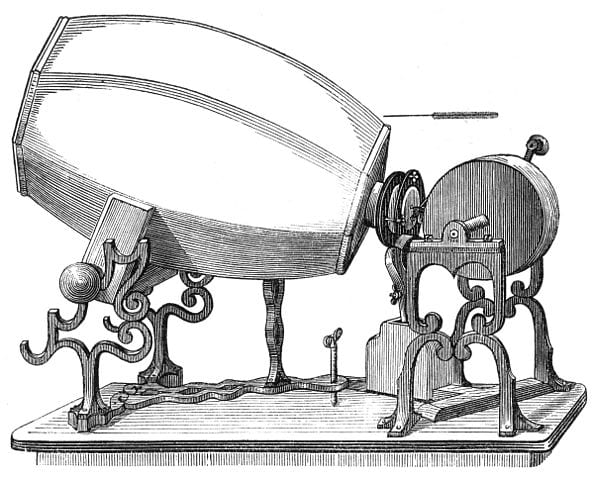
The first ever music recording. A few years before Edison invented the phonograph (1859( the phonoautograph etched waveforms onto paper using soot. They didn’t realise at the time just how revolutionary this would be. It wasn’t for years that people could regularly playback recordings but this is where it started and it changed everything. It changed the way humans enjoy, appreciate and relate with music. Before then you’d have a songbook and learn how people play songs. So to be able to replicate a recording was a paradigm shift.
FM Synthesis
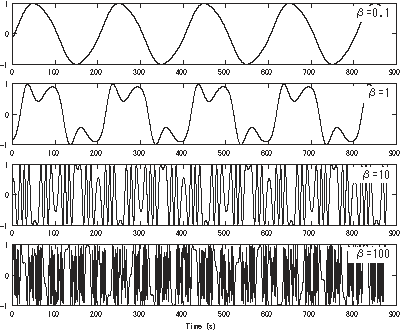
This has changed the way people make sounds completely. Before now you’d have an analogue waveform and you’d filter and modulate it until you had a sound you wanted. FM synthesis changed that entirely. It was originally used to make bell sounds and mix organic instruments in Yamahas DX7 synth. In the last few years it has begun to shine in the electronic scene, being responsible for a lot of the dubstep growls and particularly the neuro bass design. As opposed to the subtractive synthesis method, this method allows you to build upwards. You start with a simple sine wave (pure tone) and start modulating the frequency to create denser and more complex sounds. It’s incredible; the possibilities are far vaster than any other form of synthesis.
The Internet
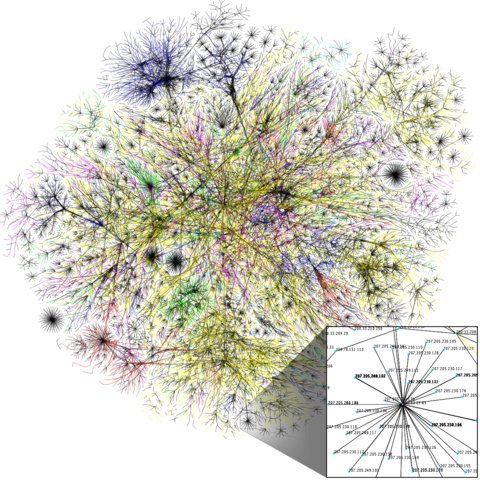
This has changed everything full stop but especially in terms of music it’s changed the entire industry. It’s a bit of love/hate for me as its reduced a lot of money coming to artists and labels, however, it’s also enabled a huge amount of musical discovery and opportunities. A lot of really exciting and innovative music never would have been heard or found without it.
Gravitational Waves
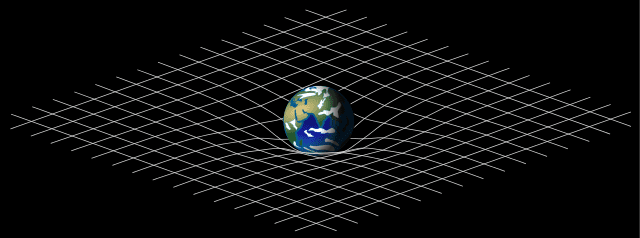
Confirmation that black holes exist is the biggest breakthrough in years. I recently read A Brief History Of Time which is a really head-bending read! Hawking explains how things have come on in since the dawn of science and he explained how proof that gravitational waves exist had to be the next step. Understanding dark and mysterious black holes and getting more detail on how they work is the next step in understanding physics and space time. It’s an incredible breakthrough.
The Great Attractor
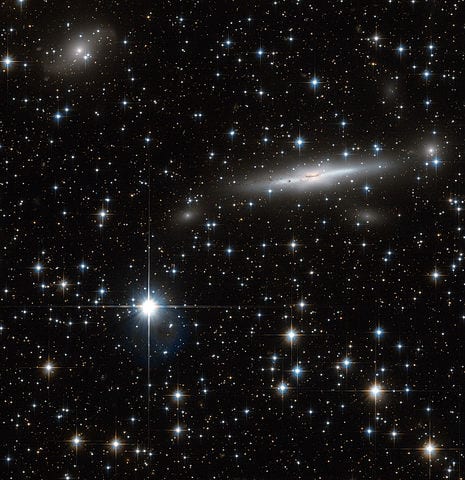
We really don’t know much about this but it exists and it’s a force directly the other side of the Milky Way. It’s pulling everything in our galaxy and all related galaxies at a rate of 14 million miles per hour towards it. We can’t see what it is, it’s really big and it’s pulling us in. The pure size and power of forces in the universe is incredible. It blows your mind.
(Images: Wiki Commons)


